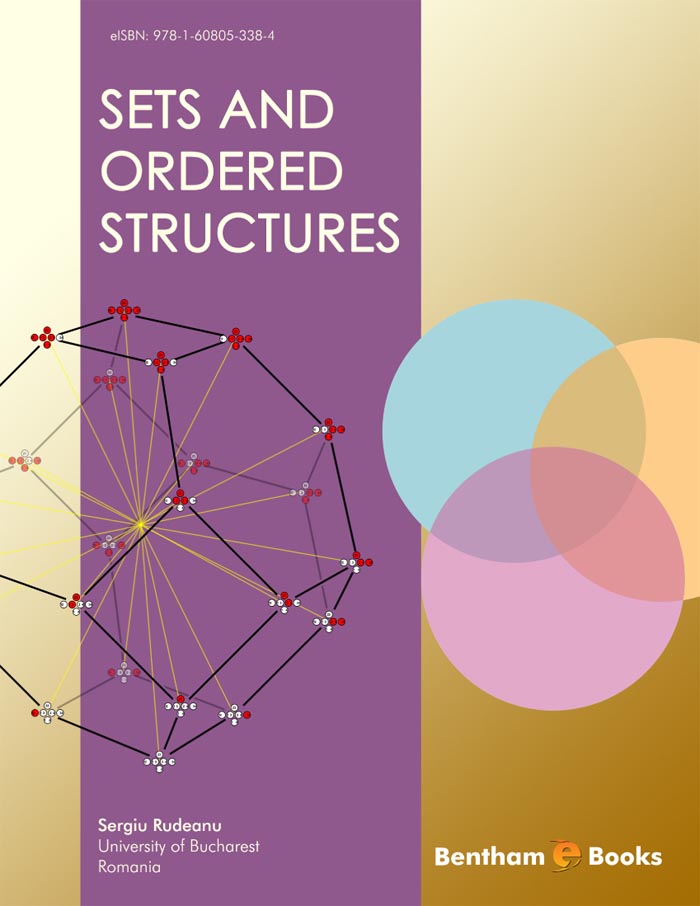Introduction
This e-book presents several basic methods and results of order theory that are currently used in various branches of mathematics. It presents topics that require a broad explanation in a concise and attractive way. Readers will easily identify problems/techniques/solutions without the frustration of long searches through previous notations, definitions and results. It begins with a sketch of axiomatic set theory and of the theory of categories. The fundamentals of the order relation are presented, including several properties equivalent to the axiom of choice, and culminating with well-ordered sets and transfinite numbers. This e-book also explains: (1) The complete existential theory of the various distinguished elements which a partially ordered set may possess, (2) The proof of the equivalence with the axiom of choice of 14 frequently used properties,(3) The fact that certain properties of ordinals are revealed as being just properties of well-ordered sets, and (4) The presentation of ordinals and cardinals both in axiomatic setting and following von Neumann’s construction. Proofs are given in detail along with numerous examples and exercises illustrating the theory and demonstrating applications. Several classes of lattices, closure operators and Galois connections include tools which serve as prerequisites to universal algebra. Other topics include embeddings and topological duality for distributive lattices. The e-book serves both as a textbook for undergraduate and graduate students and as a reference book for mathematicians working in fields different from set theory or algebra, to whom it provides a quick access to basic facts from order theory.

